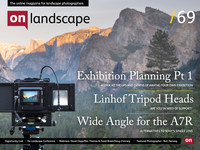Are you in need of support?
It is a well-known code among artists and photographers (of a certain age) that striving for perfection is a pretty pointless, hopeless and ultimately futile exercise. Indeed it is cautioned against in many cultures, for perfection is 'the exclusive domain of the gods'.
However, that doesn't stop us looking for it in our photographic equipment. And there is no harm aspiring to find those bits of gear that get closest to perfection. For these are the tools that work so well they allow us to forget about them (as we work).
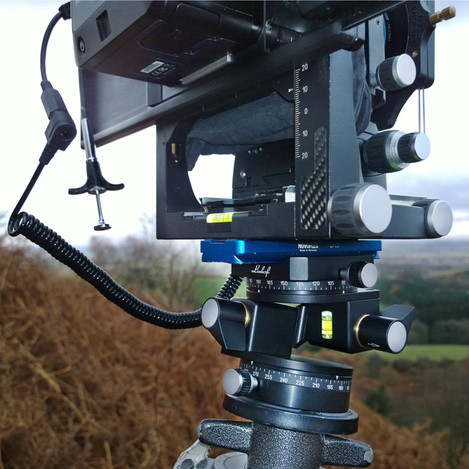
The nature of photography, as with anything, poses incompatible requirements. The bigger and heavier a camera is, by and large, the better its quality is (or could theoretically be). The smaller and lighter a camera is, the further the photographer can walk safely, and the greater the energy left for photography. The same principles apply to tripods. Lightweight and portability impose compromise. Cameras compensate in the digital world through super smart technologies (the Sony A7r being the latest example). But in almost every other aspect of the imaging chain, the laws of physics are harder to overcome.
It is true that carbon fibre has brought about a quiet revolution of lighter and more portable (and much more expensive!) tripods. But it is a material unsuited to the requirements of a tripod head. And as all experienced photographers know, the tripod head is at least as important as the legs themselves. It is also the part of the tripod that we handle the most, the unsung agent of precise positioning. At least, it should be precise. In reality, many fall rather short of this aim.
Landscape photographers are the most demanding of tripod users, and the search for perfection has led me to a rather eclectic collection of options that includes conventional pan and tilt designs, geared heads, and conventional ball heads. All have their own merits and drawbacks. There is a bewildering range of possibilities, and Arca Swiss, Novoflex, FLM and Really Right Stuff are just the most prominent of the manufacturers competing in this market.
Linhof, a small German company renowned for its high precision large and medium format field and technical cameras, also produce tripods and tripod heads. Over a year ago I bought and have been using the Linhof 3D Micro levelling head Q, and more recently have had the opportunity to test the Linhof 3D levelling head Q. In this article, I want to focus on the latter.
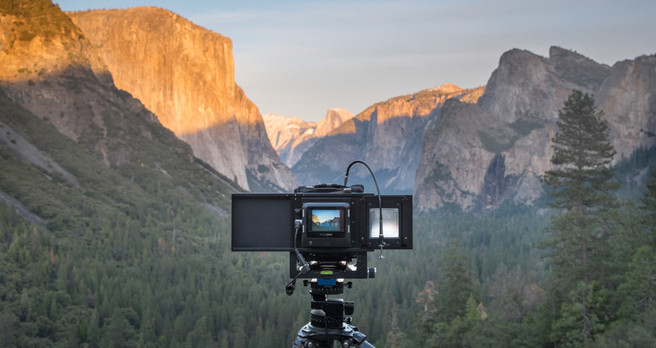
The Linhof 3DlhQ (forgive the abbreviation, but the full name is a bit of a mouthful) is a very simple design in concept, with numerous antecedents by other manufacturers. In essence, it comprises a panoramic base, two right angle tilt units, and a full panoramic top. To me that gives the head 4 independent movements so I think they could legitimately have named it the 4-D leveller! As we will see, the panoramic top is actually a stroke of genius.
There is a choice of quick release fittings, either Linhof's own, or the more universally applicable (Arca-Swiss originating) dovetail track. Having used dovetail fitting Q/R components for many years, this was my choice. While not quite as quick to use as Linhof's 'click-clack' Q/R, it has the advantage of being open-ended, so allowing longer Q/R plates, such as the Novoflex unit attached to my Techno, to become an improvised rail. This gives scope to move the camera forward and backwards within the QR clamp, a surprising advantage in numerous situations, especially when working close-up. The tightening control on the Q/R gate is not a fancy quick release lever but in the form of a screw-down knob. Certainly slower, probably more robust and reliable.
This is a good moment to return to the introductory theme of compromise. To maintain the most compact overall dimensions, Linhof has kept all the control knobs reasonably small, including the tilt locks which, while beautifully designed with a chisel-shaped profile that typifies Linhof's modernist form-follows-function design ethos, might not be quite long enough for the leverage required. In cold conditions and with cameras like the Technikardan which will often end up with a large overhang, say, when shooting 4-500mm lenses, this could prove problematic. Although I never encountered any problems with 'drifting' due to the locks not being tight enough, I have heard from other users this is an issue. It could easily be solved with a longer lever design, or even a (removable) supplementary extension lever to provide more accessible extra tension. And since longer levers might well get snagged on cameras and/or filter systems it would make sense if they were indeed supplementary.
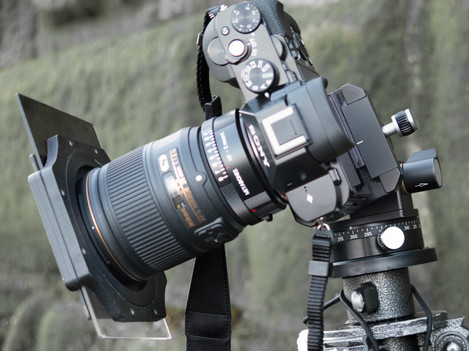
Pan and tilt heads are not always the easiest when making tiny tiny adjustments. This one is no exception, although with a hefty beast like the Techno mounted the actions and adjustments are pretty good, With an ultra light camera like the Sony A7r, I found myself having to slacken the levers right off for positioning, as some mass (in the camera) is needed to provide smooth adjustments if there is still any tension in the locks.
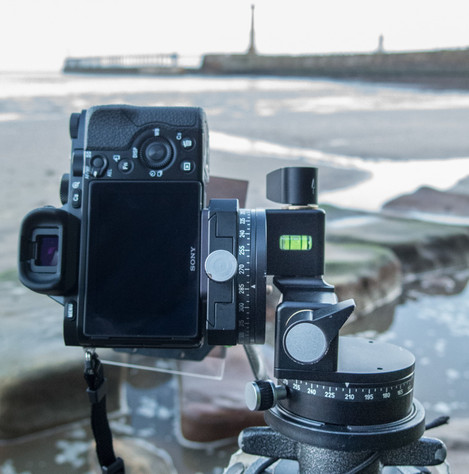
It would be wrong to focus on the negatives though. Personally, I have found no problems at all. The mechanisms all work with the super smooth precision one expects of Linhof - the damping of the panning action is exemplary - and the head is reasonably light and very easy to use. One of the best features is the panoramic top. Obviously, this makes easy work of doing panoramas with a horizontal composition (or vertical with L brackets and view cameras). But the aspect I found most pleasing was that if you are not fortunate enough to use a view camera (or have an 'L' bracket for your DSLR or CSC) then the camera must inevitably be positioned vertically using the tilt angle controls, so it hangs 'off the side' of the tripod. With many pan and tilt heads, this can then lead to a wrestling match with the tripod figuring out how to angle the camera for and aft. There are no such problems with the 3DlhQ whose panoramic top makes precise 'angling' (once the camera is side to side level) an absolute breeze. This is when the benefit of 4 movements really comes into its own. Pointing the camera straight down or straight up becomes elementary.
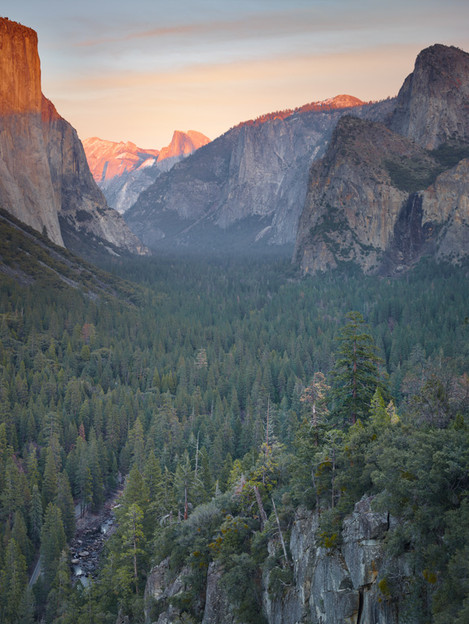
The simplicity of the design does mean that there are no geared movements; this is the domain of the Linhof 3D micro (to follow in a later article), so perfect camera positioning can be tricky, as with any similar head. However, there is no creep or wobbliness associated with lesser heads. Once locked down the rig has a carved-from-solid feel to it that inspires confidence.
The quoted retail price of the 3DlhQ is £555 ex VAT, so this is not a purchase for everyone. But for those who respect top quality engineering and have a suitably robust tripod/s on which to mount it, this is a purchase that makes sense. It should take a hammering and last a very long time. And then it will seem good value.

